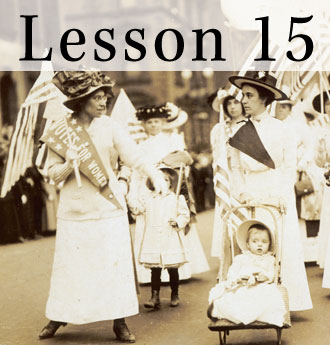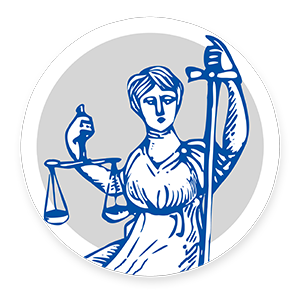The Resource Center » Level 3 » Unit 3 »
Lesson 15: How Have Amendments and Judicial Review Changed the Constitution?

Lesson Purpose
Lesson Objectives
- describe the two ways in which the Constitution can be amended,
- identify major categories of constitutional amendments,
- explain why James Madison introduced the Bill of Rights, and
- evaluate, take, and defend positions on the amendment process and judicial review.
Lesson Terms
Lesson Biographies
Lesson Court Cases
Case Summary
In 1777, the Executive Council of Georgia authorized the purchase of supplies from South Carolina businessman Robert Farquhar. After receiving the supplies, Georgia did not deliver payments as promised. After the Farquhar's death, the executor of his estate, Alexander Chisholm, took the case to federal court in an attempt to collect from the state. Georgia maintained that it was a sovereign state not subject to the authority of the federal courts.
Question(s)
Was the state of Georgia subject to the jurisdiction of the Supreme Court and the federal government?
Answer(s)
Yes. In a 4-to-1 decision, the justices held that "the people of the United States" intended to bind the states by the legislative, executive, and judicial powers of the national government. The Court held that supreme or sovereign power was retained by citizens themselves, not by the "artificial person" of the State of Georgia. The Constitution made clear that controversies between individual states and citizens of other states were under the jurisdiction of federal courts. State conduct was subject to judicial review.
See: The Oyez Project, Chisholm v. Georgia, 2 U.S. 419 (1793)
Lesson Primary Sources
Madison's speech proposing a Bill of Rights and the text of the proposed rights.






